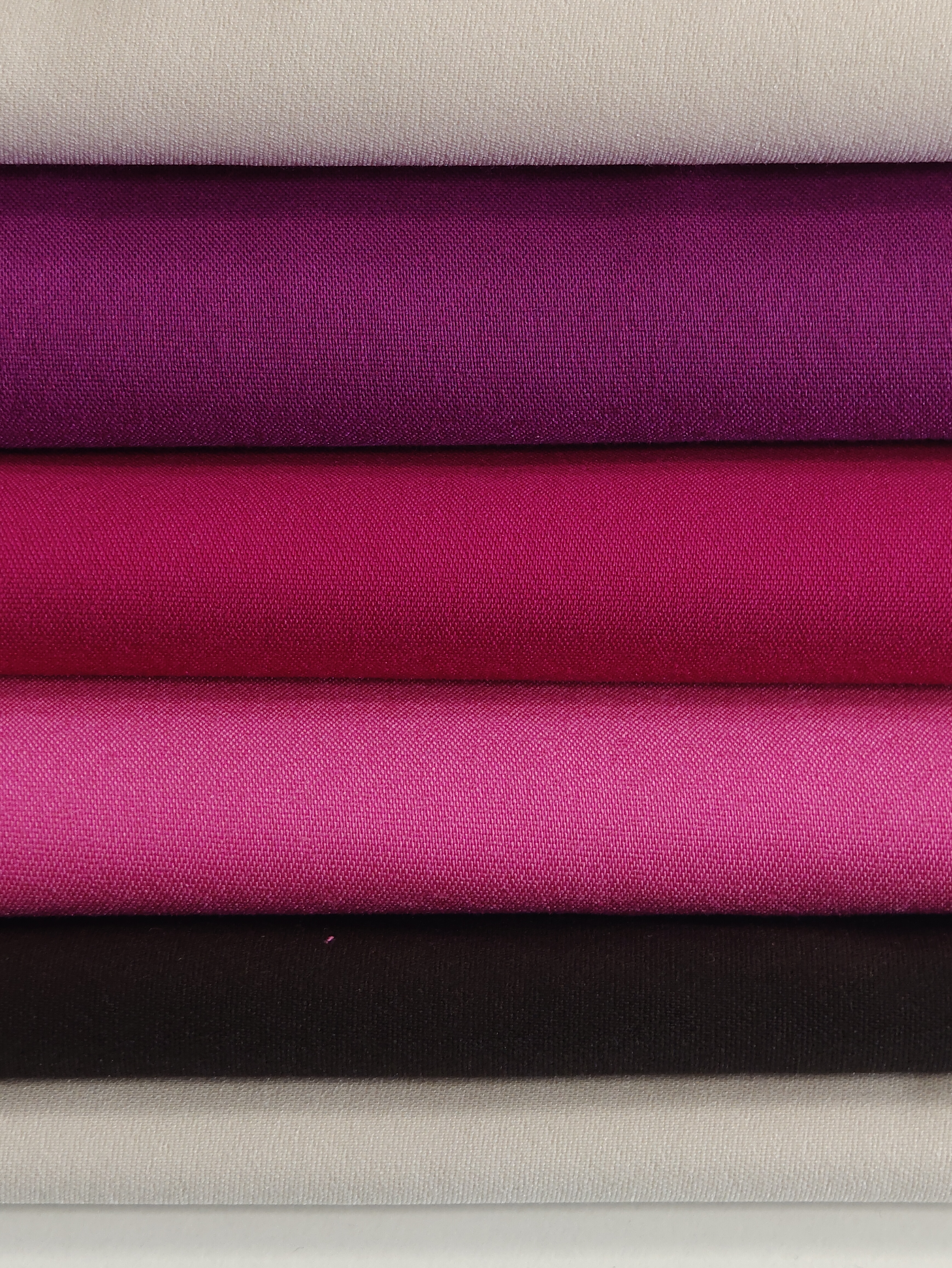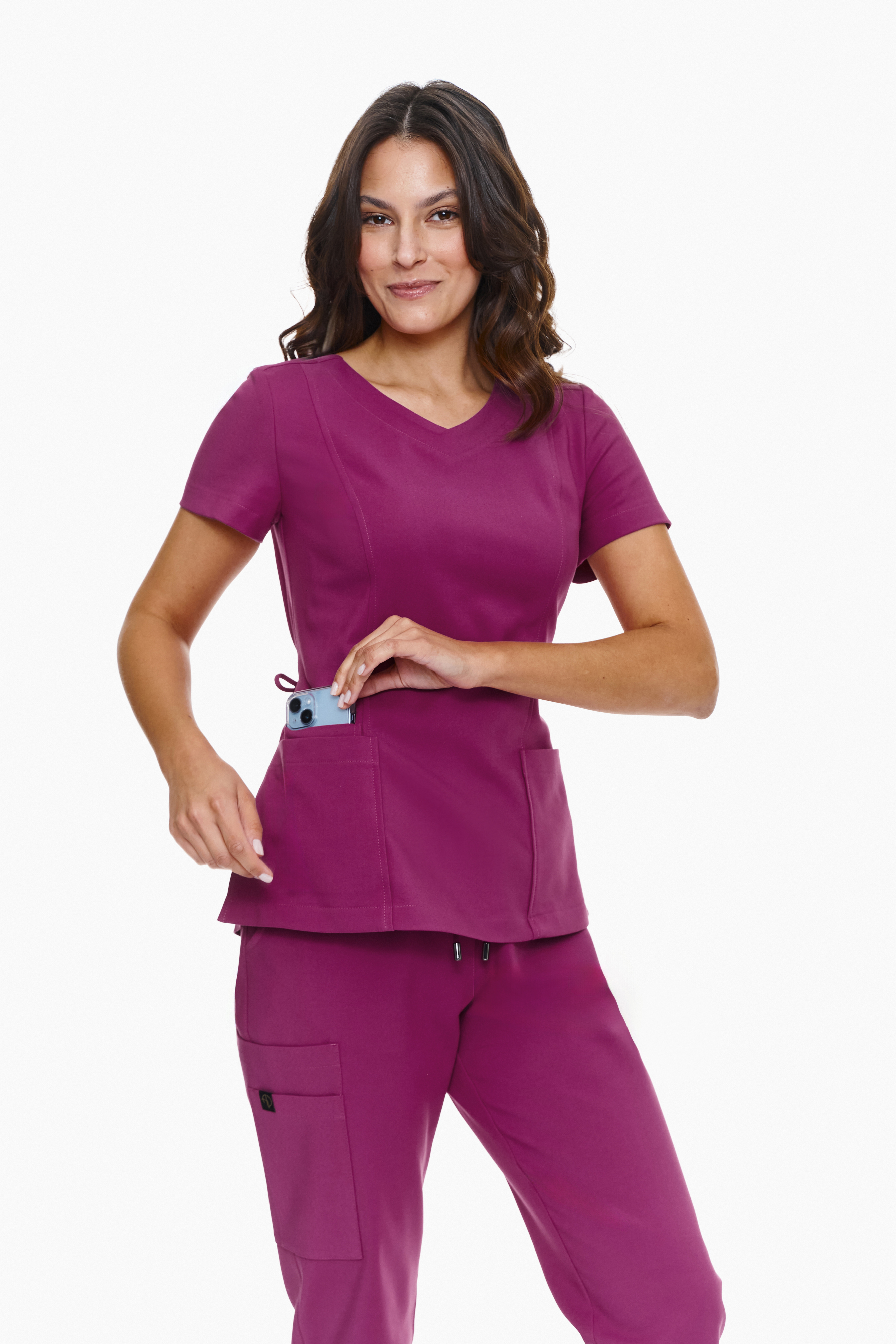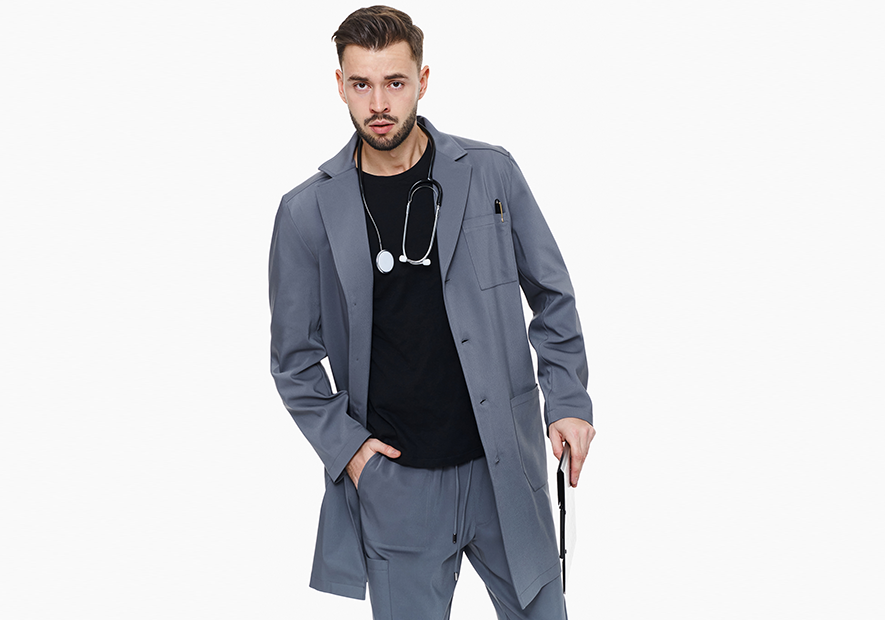Dress Code in Medical Clinics: What It Means for Staff and Patients

In today’s world, the appearance of medical staff is crucial, both for patients and for the organizational culture of clinics and hospitals. A "dress code" refers to a set of guidelines defining how employees should present themselves in a particular institution. In the case of medical clinics, the dress code is not only about aesthetics but also about comfort, safety, and professionalism. In this article, we will explore the impact of the dress code on medical staff and patients, along with several important aspects to consider.
1. The Importance of Dress Code in Medicine

The dress code in medical clinics aims not only to establish standards for staff appearance but also to build an appropriate image for the institution. A tidy, professional outfit worn by medical staff influences the first impression of patients. Often, patients come to clinics with concerns and anxiety, and seeing well-dressed staff can provide them with comfort and a sense of security. Implementing a uniform dress code also aids in staff identification and fosters trust in their skills.
2. Hygiene Standards

Medical clothing must meet stringent hygiene standards. Ensuring an appropriate dress code helps maintain high cleanliness standards. Clothing specifically designed for the medical industry, such as scrubs, lab coats, or jackets, is made from materials resistant to fluid penetration, minimizing the risk of infection transmission. The attire must also be easy to clean and disinfect, which is essential in the context of bacteria and viruses in medical facilities.
3. Comfort and Functionality

Healthcare workers often spend many hours in one outfit, making comfort and functionality crucial. A dress code that dictates the selection of suitable materials, cuts, and styles directly impacts the staff's work efficiency. Comfortable and well-fitted garments allow for freedom of movement, which is essential in situations where staff must quickly respond to patients’ needs. Therefore, modern materials such as elastane or polyester, which offer flexibility and breathability, are increasingly chosen in medical clinics.
4. Creating a Positive Image

The dress code also plays a significant role in building the clinic's image. Clean, tidy, and stylish medical clothing affects how patients perceive the facility. While some clinics may adopt a more traditional, uniform approach to attire, others may benefit from a variety of colors and patterns that inject energy and positivity. Such a modern dress code can attract younger patients and influence the atmosphere within the facility.
5. Dress Code and Cultural Diversity
It's also important to note that medical clinics with diverse staff must consider cultural differences in their dress code. For some employees, certain tunics or head coverings may represent their traditions or religious beliefs. Introducing flexible clothing regulations that allow for individual expression can be beneficial for both parties.
Conclusion
The dress code in medical clinics is a topic that requires careful consideration and thoughtfulness. Appropriate clothing standards are significant not only for the staff but also for the patients who visit these facilities. A tidy and professional appearance builds trust and comfort among patients while enhancing work efficiency. Therefore, it is worthwhile to invest in high-quality medical clothing that combines comfort, functionality, and aesthetics. The dress code in medicine is not just about rules; it is a means of building a positive image for the facility, which is vital in a patient-centered environment.








